Softwares have been bred exponentially to sprout up in the middle of our lives. If you look around, you’ll find that technology is everywhere, and you’re the pathway to unearthing the mystery that it hides within. However, this boon isn’t a feasible option for all. Accessibility testing is still a far-fetched dream. There has been a lack of inclusive innovation within the tech industry. But attempts to catch up with this absence are taking place.
The question of accessibility testing arises when we talk about its two valuable tenets- Manual testing and automated testing. These two kinds are curated to give enough viability to the software industries’ endeavors.
These two accessibility testing methods are different in their considerate ways and have their pros and cons, respectively. The critical eye isn’t on either of these methods. However, it is essential to view them as they are for a future with enhanced software that can assist all persons who need to use it.
Manual Testing: Manual testing consists of taking out physical time and putting in the effort to ensure the software code does everything it’s supposed to do. Manual testers have to make a record/result of all their findings. This includes inquiring about log files, external services, and the database for issues.
Automated Testing: Automated testing is done through an automation tool, less time is needed in exploratory tests, and more time is needed in maintaining test scripts while increasing overall test coverage.
Elaborate software testing methods in accessibility testing
Accessibility testing is a way of testing used for software testing methods under usability testing that enables feasible usage for the entire population- even with people with disabilities such as old, color blind, visually, or physically challenged people. It can be enabled in two ways: automated testing tools or making a manual audit by yourself.
Manual testing
Manual testing is done by an accessibility specialist who evaluates a subset of pages or app screens (usually 5 – 20) against WCAG 2.1 standards. Every page component and their underlying code are manually estimated for non-text content (images, audio, video), color, keyboard accessibility, descriptive links, labels, instructions, correct HTML structure, etc.
Manual testing pros:
A manual audit is much more elaborate in terms of research and database. Automated testing consists of checking the content against all WCAG 2.1 criteria at a specific level. Because of the human judgment component’s presence, these tests are considered more reliable by the masses.
The report written and generated by automated testing tools is non-contextual. Still, the results given to you by an accessibility expert are specific to your site and include realistic and tailor-made solutions.
Manual testing cons:
Manual testing is more time-consuming and, therefore, costly in comparison to automated testing. The rate depends on the coverage – the more pages included in the audit, the more money is spent. Even though, in most cases, even ideal ones, it’s impossible to check all pages manually, an accessibility authority who is also an experienced Drupal developer can select a good representative sample of pages that includes as many content types components as possible to maximize test coverage.
The audit’s usefulness depends mostly on the accessibility expert’s knowledge and experience who carries it out. Automated testing has many shortcomings, but it will give you a simple idea of your site’s accessibility level. Automated testing can quickly check many pages and find some apparent issues, such as dropping alternative descriptions or form fields without labels.
Automated and manual testing complement each other and should both be used to evaluate the level of accessibility of a website or app. Contextually speaking, automated testing can identify some of the issues found on pages across the site, but manual testing can find all of the problems on a subset of pages.
Automated evaluation testing is a method that is useful for all and can be carried out by anyone with access to an accessibility testing tool. Several free and paid automated testing tools are available, including AChecker, Accessibility insights, aXe, SortSite, Tenon, WAVE, etc.
Automated testing pros:
- A possible use for all- it can be done by anyone with access to a testing tool.
- Quick usage and immediate results- it can check hundreds of pages and provide results in a matter of hours.
- Economic and frugal – some of the automated tools are free to use
It can detect issues early on – some tools can be integrated into the growth process and run tests whenever new code is added or perform continuous scans to ensure that no new problems have been introduced since the last test.
Automated testing cons:
Automated accessibility testing tools cannot evaluate some websites or apps against all proper criteria mentioned in WCAG. Hence, many guidelines are objective and can’t be tested using a script requiring human judgment. People don’t regulate it; there isn’t any human judgment that decides what’s right or wrong. A picture of a car will pass for a cat.
- Automated tools can examine whether link text is provided, but they cannot decide if that text properly talks about the link’s purpose or not.
- Automated testing can generate inaccurate or false results. Even when inquiring against guidelines that can be tested using a computerized tool, the results may be incorrect or wrong.
- The advice on fixing the issues is quite generic and often vague, and therefore some developers may find it challenging to understand and inculcate these absolute changes.
It is essential to realize that even though a site has passed automated testing, it may still have many barriers preventing people with challenges from getting access to their content. When the site gives a computerized test, it only means that there were no errors found in checks performed by an automated tool and not that the site is available.
Related Blogs
The Definitive Mobile App Accessibility Testing Checklist for Android & iOS
How to receive a $5000 Tax Credit for your Website’s Accessibility?
However, both testing methods have their own set of positives and negatives. It depends on people who are demanding access to choose which way fits them best. Codoid web accessibility testing services can assist you with these automation testing tools or manual help!




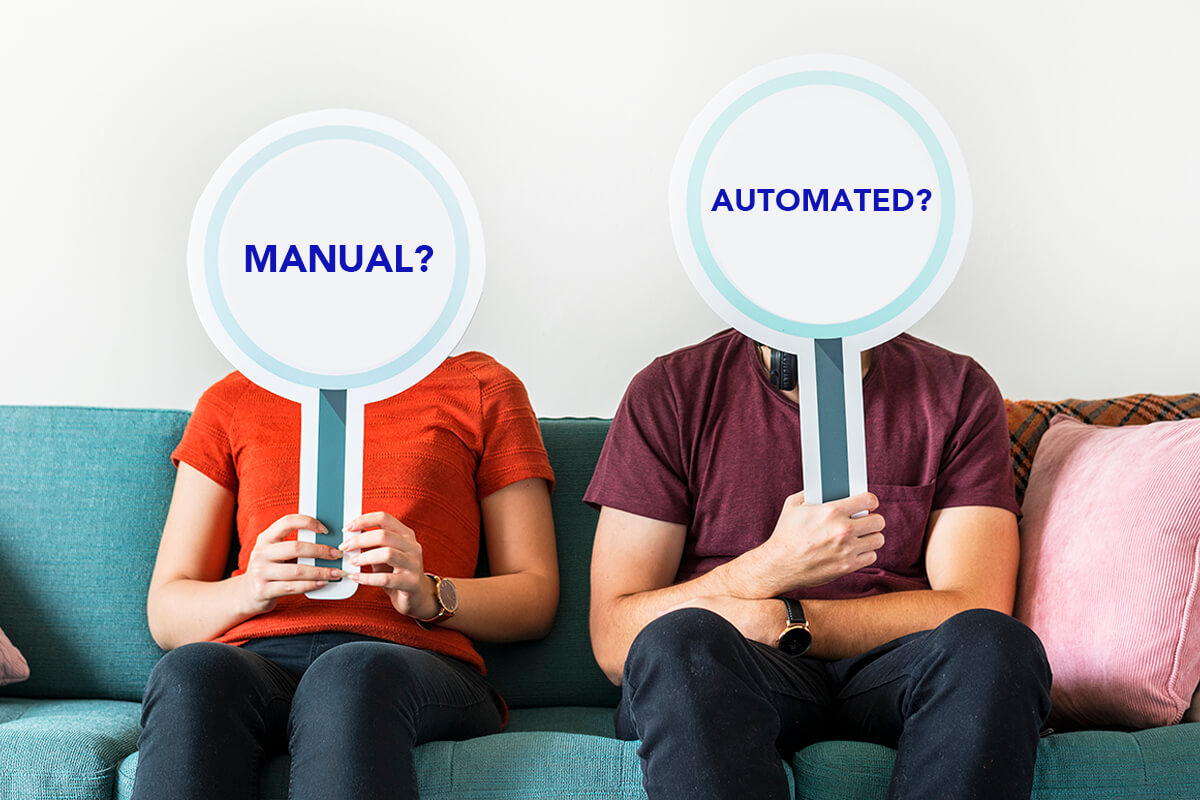



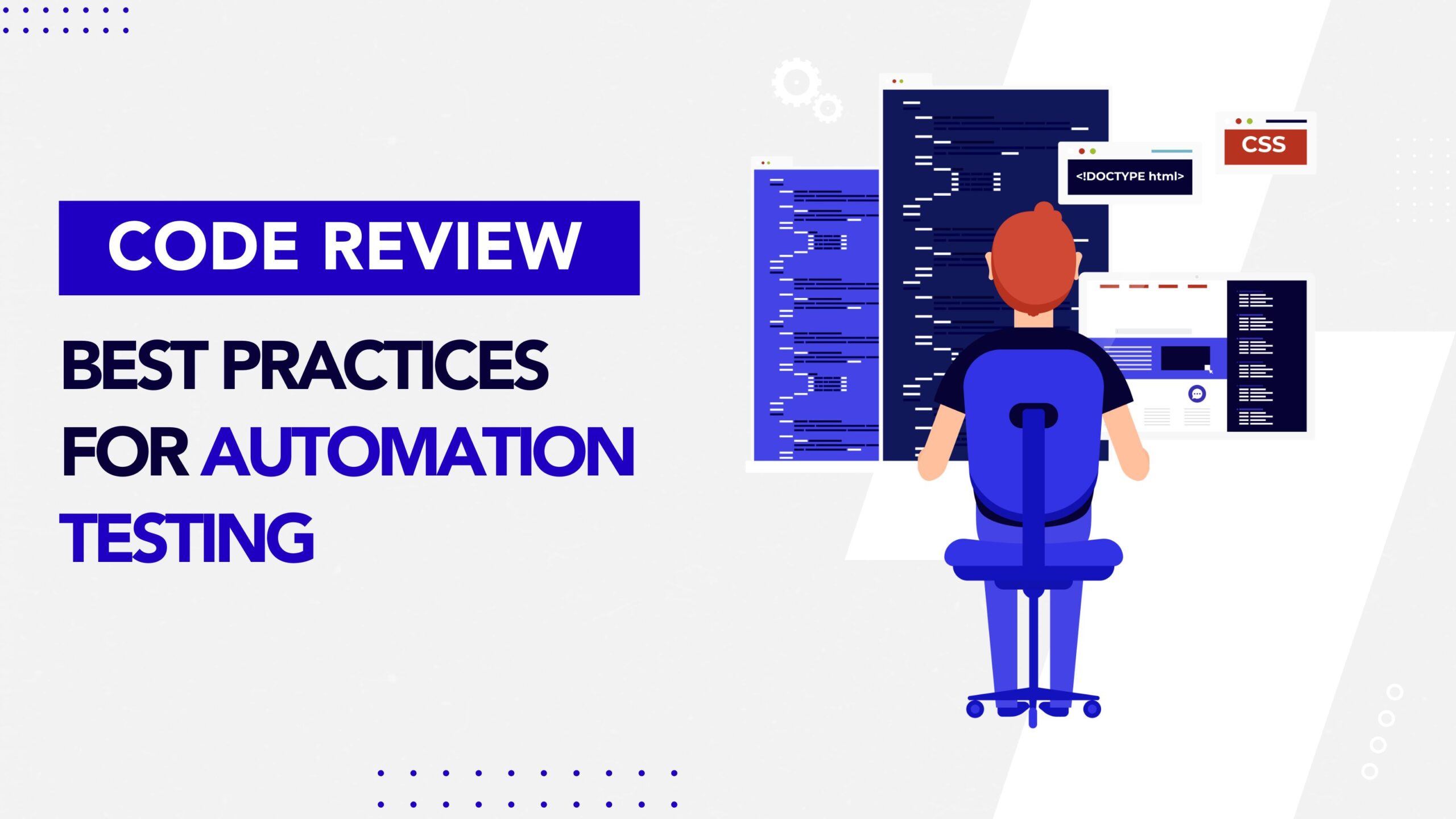
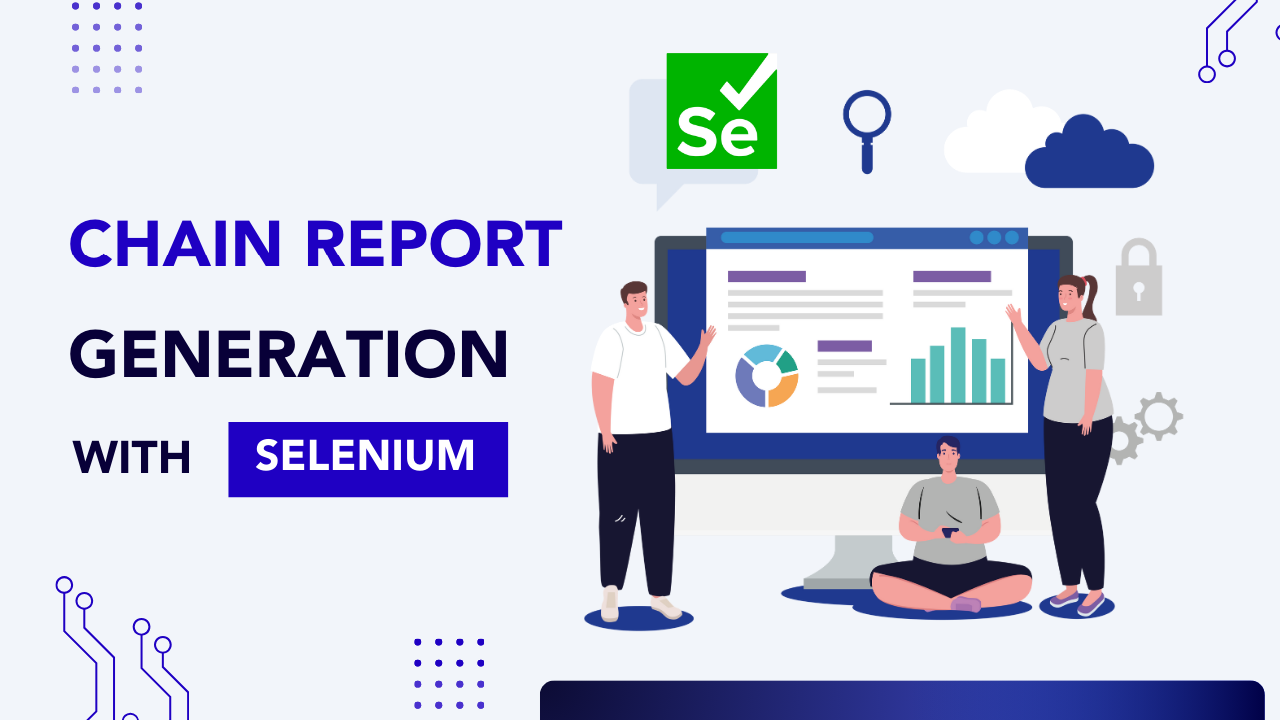
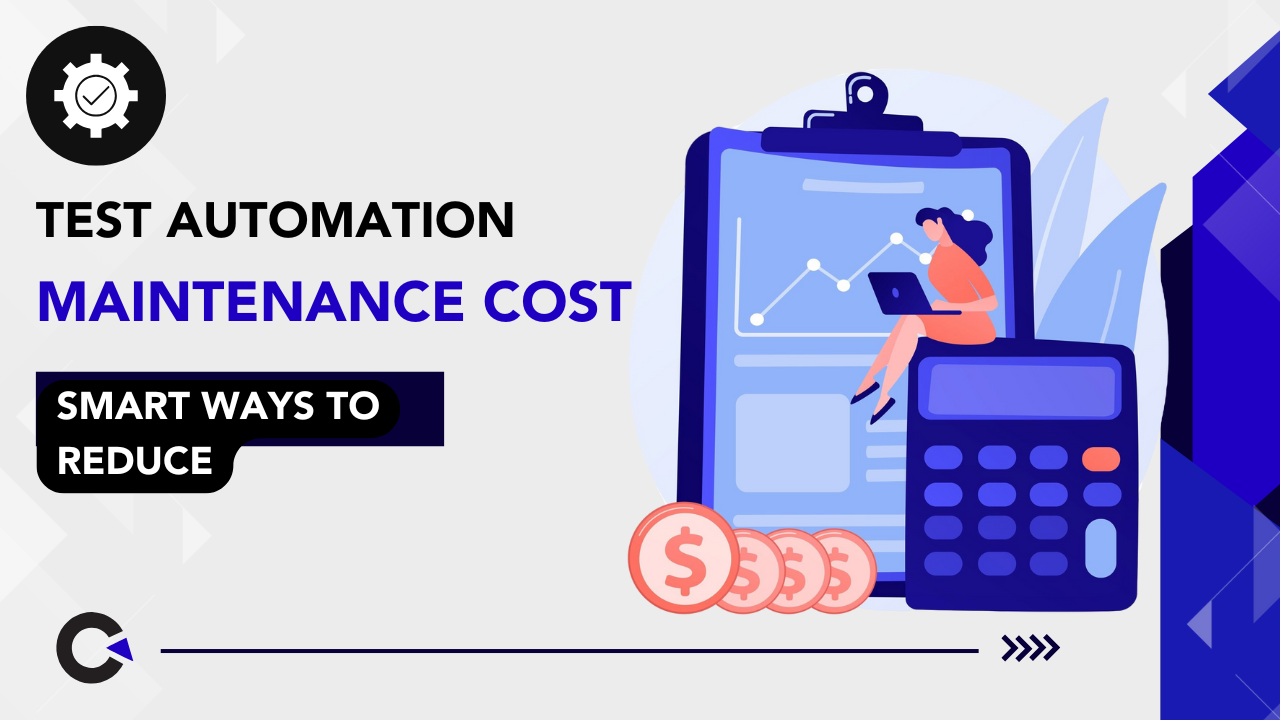





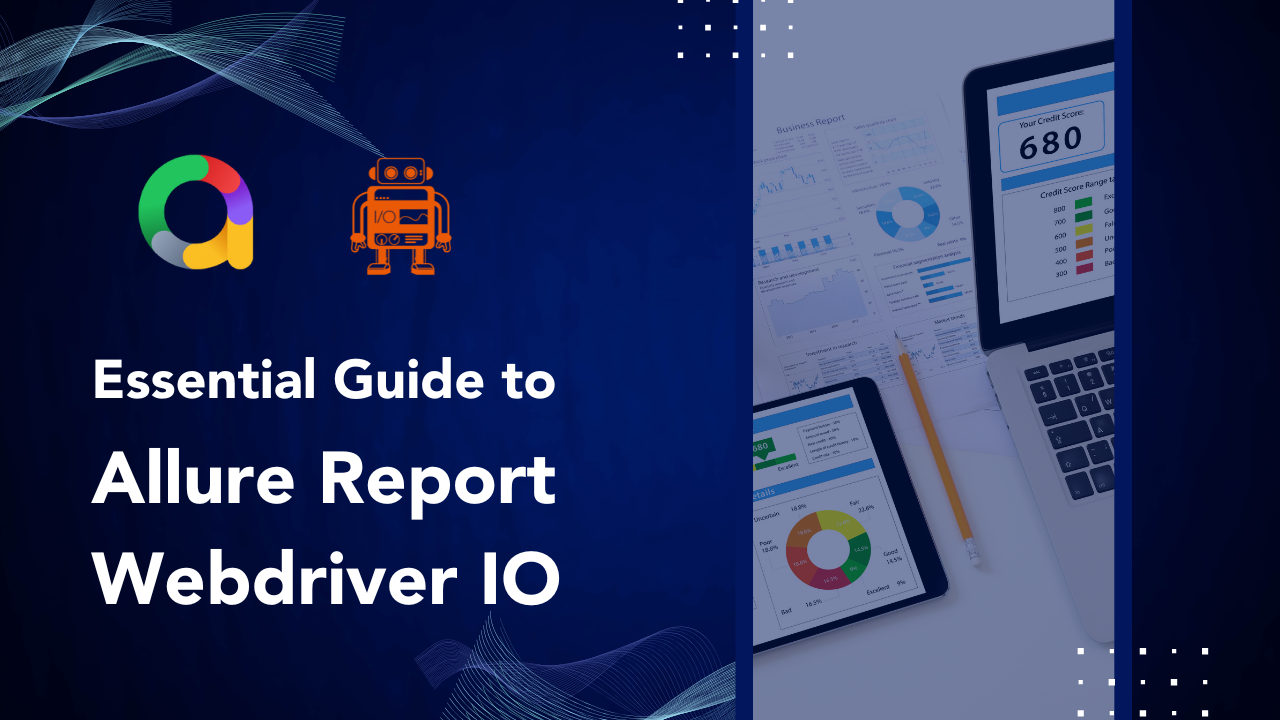
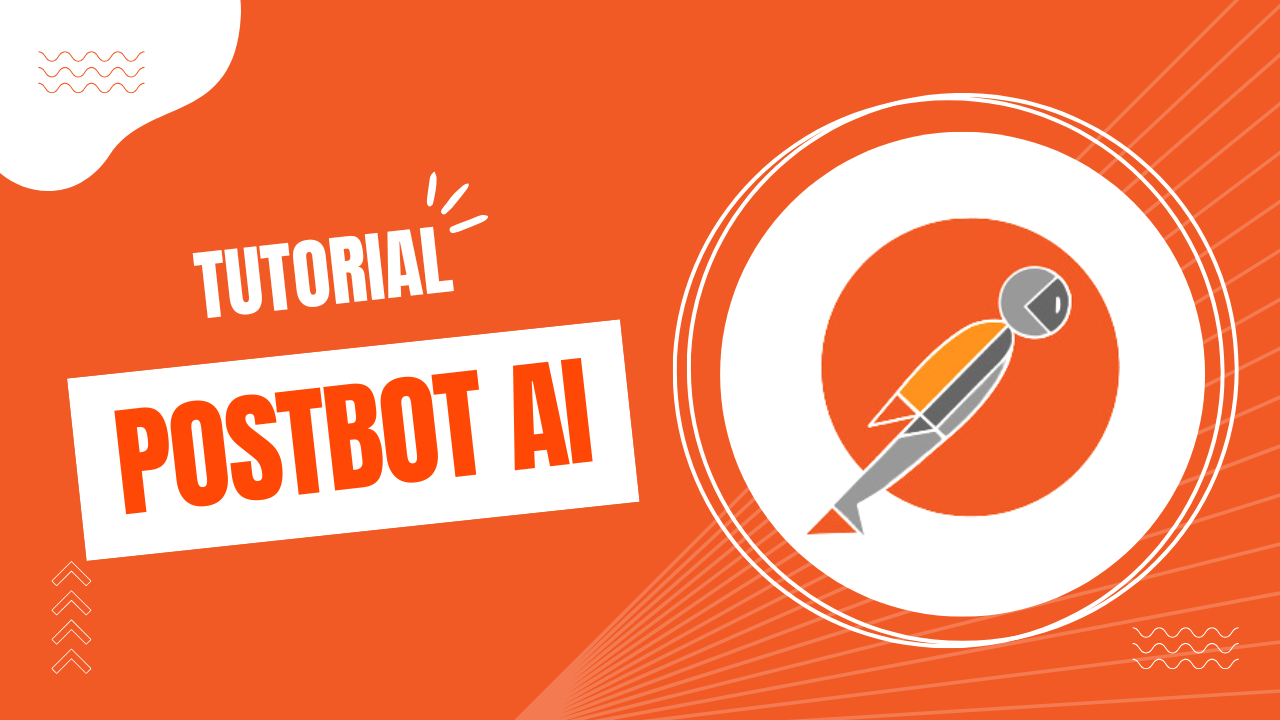














Comments(0)